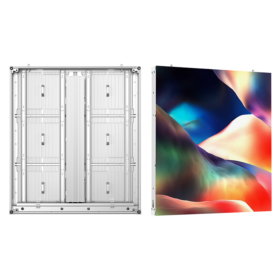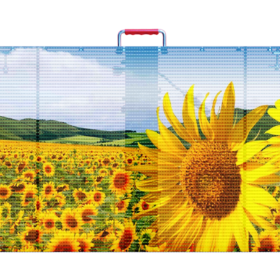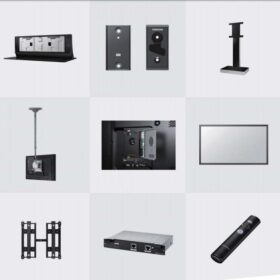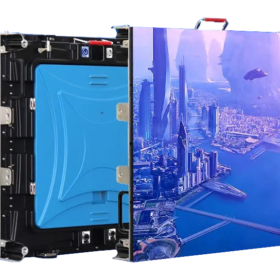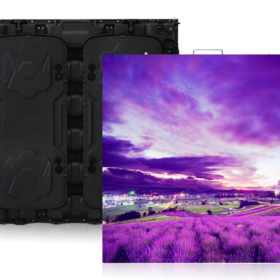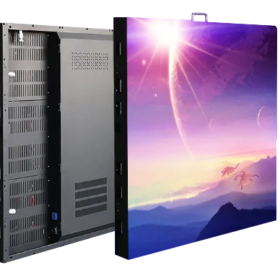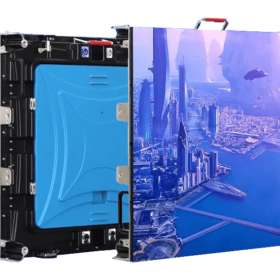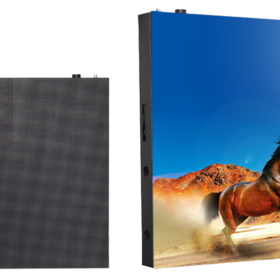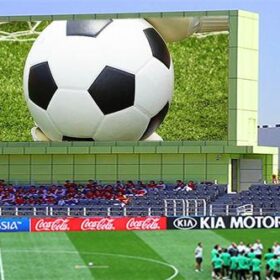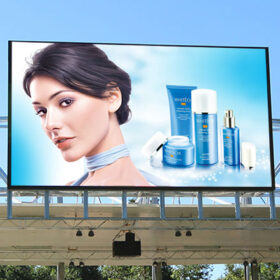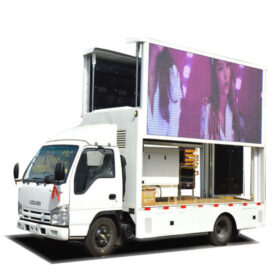No products in the cart.
Articles
Extreme Weather for Outdoor LED Screens
Outdoor LED screens have become an integral part of the modern landscape, gracing public spaces with their vibrant displays and captivating audiences with their dynamic visual content. However, their exposure to the elements renders them susceptible to damage from extreme weather conditions such as high winds, torrential rain, and temperature extremes. To protect these valuable assets and ensure their continued effectiveness in conveying information and captivating audiences, it is crucial to implement comprehensive protective measures against these environmental hazards. Extreme Weather for Outdoor LED Screens
Braving the Tempest: Fortifying Outdoor LED Screens Against High Winds
Structural Integrity: A Foundation for Resilience Lay the groundwork for enduring performance by employing a sturdy and stable mounting structure capable of withstanding the force of strong winds. Utilize high-grade bolts, anchors, and brackets to securely fasten the screen to the supporting framework, ensuring its unwavering presence even when faced with gale-force gusts.
Wind Shields: A Guardian Against Aerial Fury In regions prone to severe winds, consider erecting wind shields or protective barriers to deflect gusts away from the screen, minimizing the risk of damage. These windbreak fortifications will serve as unwavering sentinels, safeguarding the screen’s integrity against the capricious whims of nature.
Weather Vigilance: Anticipation and Preemptive Action Stay informed about weather forecasts and exercise proactive measures to protect your outdoor LED screen from the wrath of impending storms. If severe winds are expected, consider powering off or temporarily removing the screen from its mounting structure. By taking these precautionary steps, you can avert potential damage and ensure the screen’s longevity.
Regular Maintenance: A Stitch in Time Saves Nine Diligent maintenance is the cornerstone of long-lasting performance. Conduct regular inspections to ensure the integrity of the mounting structure and tighten any loose bolts or brackets. This proactive approach can prevent potential failures and screen damage during high winds, saving you from costly repairs and downtime.
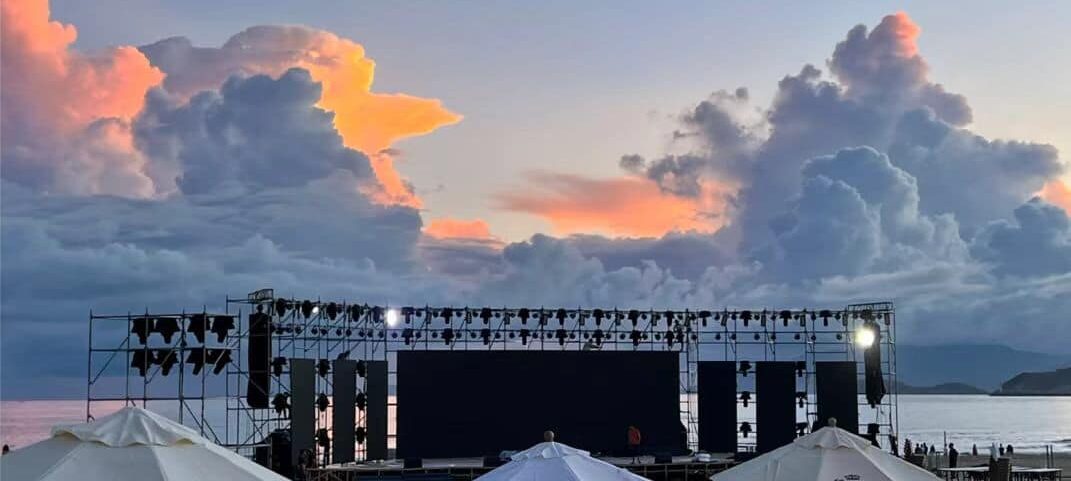
Weathering the Storm: Waterproofing Outdoor LED Screens Against Rain
IP-Rated Protection: A Shield Against Liquid Intrusion When selecting an outdoor LED screen, prioritize those with a high IP rating, such as IP65 or IP67. These ratings indicate the screen’s level of protection against water ingress and dust intrusion, ensuring its ability to withstand the onslaught of rain and maintain optimal performance.
Seamless Sealing: Deflecting the Damp Elements Nature’s attempts to penetrate the screen’s defenses must be thwarted. Ensure all openings and seams on the LED screen are properly sealed using silicone sealant or other waterproof materials. This meticulous attention to detail will create an impenetrable barrier against water, preventing moisture from entering and causing internal damage.
Drainage Systems: Guiding Water Away from Vulnerable Components Design and install effective drainage systems around the LED screen to prevent water from pooling around the base. This proactive measure will minimize the risk of moisture-related issues like corrosion and short circuits, safeguarding the screen’s longevity and operational efficiency.
Leak Detection: Vigilance Against Hidden Threats Regularly inspect the LED screen for any leaks or cracks that could allow water to enter. Address these promptly to maintain the screen’s integrity and prevent potential water damage. Remember, early detection is the key to averting catastrophic failures.
Inclined Installation: Aiding Water Runoff Consider installing the LED screen at a slight angle to facilitate water runoff. This simple yet effective technique will further reduce the risk of moisture accumulation and damage, ensuring the screen’s resilience against the elements.
Navigating Temperature Extremes: Protecting Outdoor LED Screens from Heat and Cold
Heat-Resistant Components: Withstanding Nature’s Furnace Choose LED modules and other components specifically designed to withstand extreme temperatures, ensuring reliable operation in harsh environments. These robust components will stand firm against the searing heat of the sun or the frigid breath of winter, safeguarding the screen’s integrity and performance.
Cooling Systems: A Refreshing Oasis in Hot Climates In regions where the sun reigns supreme, consider installing cooling fans or air conditioners to regulate the temperature inside the screen enclosure. These cooling mechanisms will create a temperate oasis within the screen, preventing overheating and potential damage from excessive heat.
Sun Protection: Shielding from Nature’s Radiant Energy Shield the LED screen from direct sunlight to minimize heat absorption and prevent overheating. Utilize awnings, shades, or other protective coverings to provide shade, ensuring that the screen remains shielded from the sun’s intense rays. Extreme Weather for Outdoor LED Screens
Temperature Monitoring: A Vigilant Guardian Against Temperature Fluctuations Employ temperature sensors to monitor the internal temperature of the LED screen and activate cooling systems when necessary to maintain optimal operating conditions. This proactive approach.


